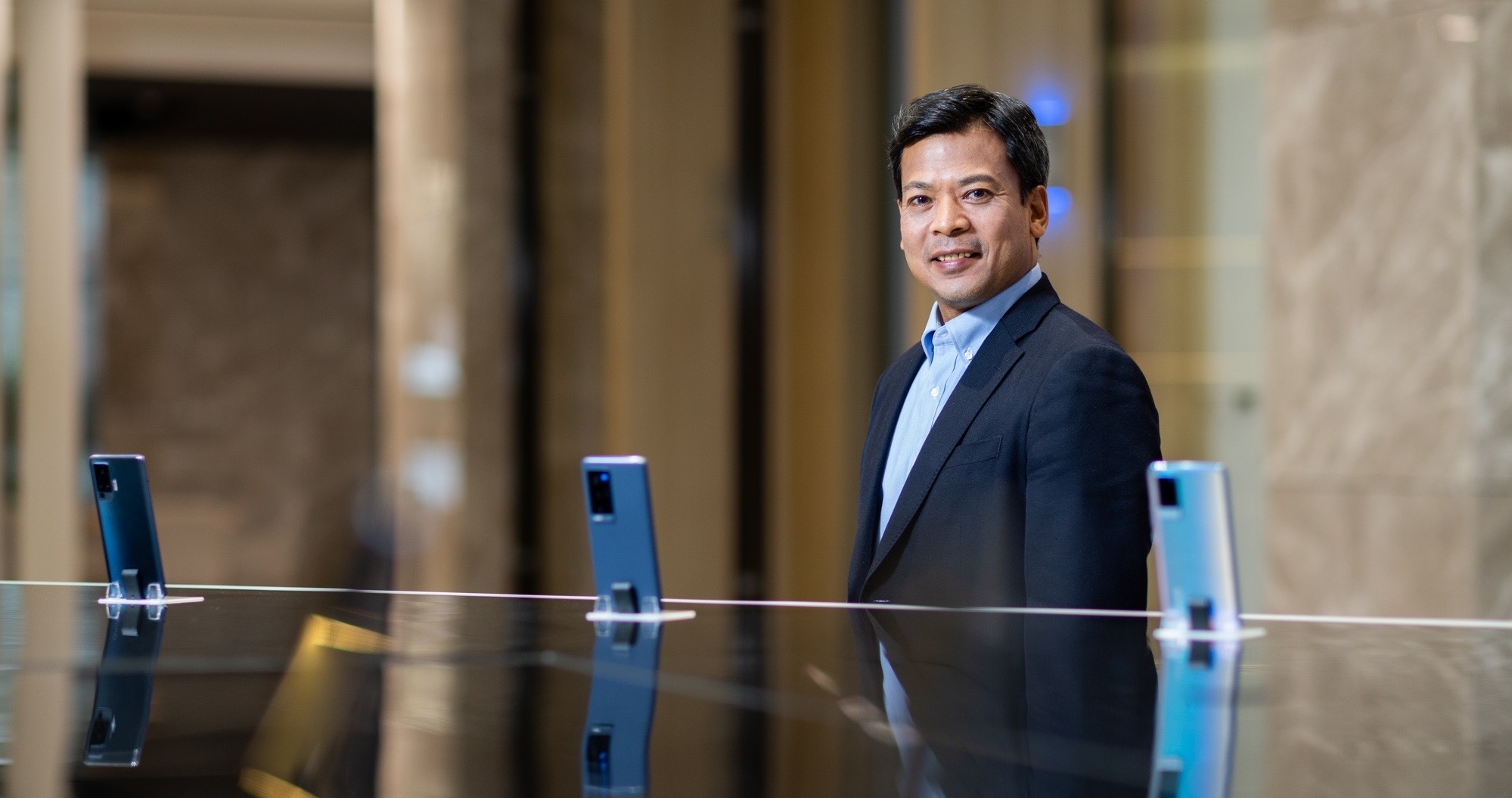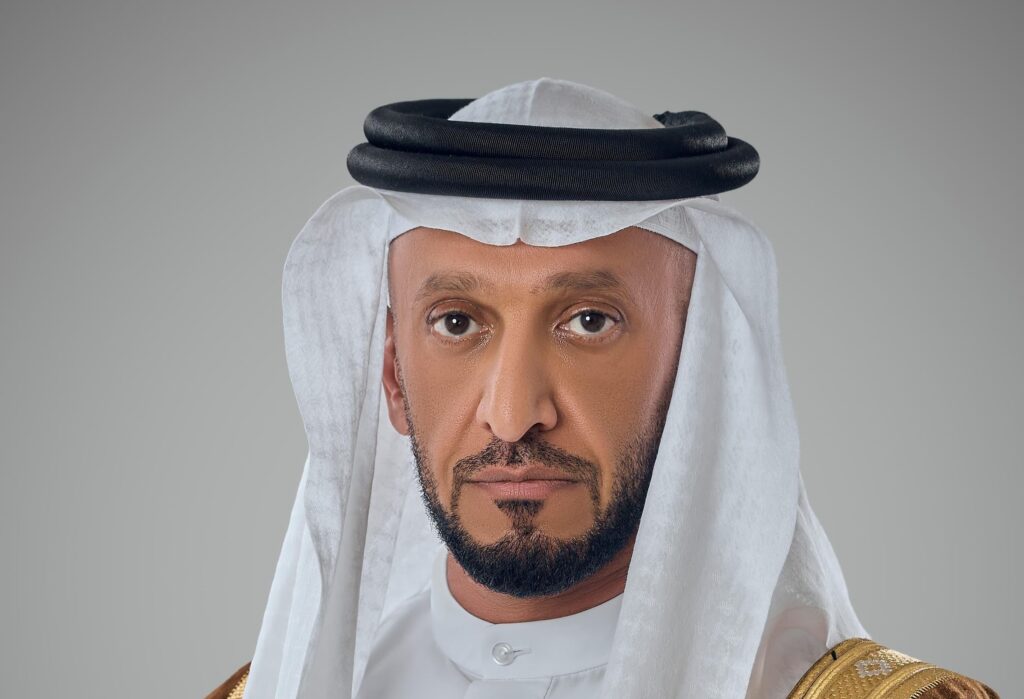Where are we standing in terms of the implementation of 5G in the region?
Globally, 5G is already a commercial reality, rolling out faster than any previous generations. According to a forecast by Vivo, demand for 5G devices is catching up to the entirety of the smartphone market as researchers recorded exponential growth between 2020 and 2021.
Regionally, the deployment and the commercialization of 5G is a joint effort by multiple parties depending on factors including network infrastructure readiness, availability of 5G devices, etc. As a leader in both smartphone manufacturing and 5G connectivity, Vivo has been designing a diverse lineup of products that are ready for the next generation of connectivity to bring joy to users worldwide at modest price points.
What were the challenges to this implementation and what were the solutions to these challenges?
The 5G technical standard was formed by a series of innovative R&D efforts led by companies such as Vivo. The 5G products or services consumers are presented with today are actually a refined conglomeration of technologies formulated by the Third Generation Partnership Project (3GPP), a consortium of international telecom standards organizations that provide a stable platform for collaboration.
From the perspective of a smartphone maker, Vivo has been gearing up for the 5G race. Vivo has participated in the 3GPP 5G standard formulation since 2017 and has submitted over 5,000 5G proposals to the 3GPP, leading to 15 technical features and getting three technical projects approved. Vivo focuses on innovations in hardware design and the software ecosystem to improve terminal performance and user experiences. Vivo invests heavily into 5G connectivity to reach the stage of product realization and getting this technology into the hands of consumers.
How has 5G allowed for more innovation in the GCC?
5G allows for a new kind of digital infrastructure that can connect virtually everything and everyone through peak data transmission speeds with minimal latency. Hundreds of thousands of industries are becoming integrated, owing to the reliable and streamlined network between machines, devices, and other digital objects. With many creative applications ranging from augmented reality/virtual reality experiences to vehicle-to-everything driverless cars and many more, 5G will provide humankind with the foundation to establish smart cities with comprehensive Internet-of-things technologies that can efficiently restructure our lived environments and redefine our everyday lifestyles. These innovations are not limited to a specific region but will be gaming-changing globally on both industrial and consumer levels.
What would be the difference between 5G and 6G?
5G supports eMBB, URLLC, mMTC services, enabling a higher data rate than 4G, low latency communication for industrial applications, and IoT devices. 6G is able to achieve the free connection between the physical and digital world. 6G will improve the degree of freedom in connection in domains of space, time, range, sensory, interaction, and finance.
The 6G communication system will be an efficient system for communication, computing, storage, and data-integrated services. Its coverage, connectivity, communication performance, communication efficiency, accuracy and reliability, and convergence service capability will be greatly improved. For example, the peak data rate of 6G will be five times faster than 5G; the latency will be shortened by ten times and the reliability will be enhanced by 100 times.
Vivo Communications Research Institute (vCRI) launched a collection of 6G application scenarios and use cases with the theme of ‘Imagine the Digital Life in 2030+’. One of the applications could be “digital twin,” [whereby] a person can live in the physical world and the digital world at the same time. In the digital world, one can travel from one place to another instantly; for example, a person physically living in Beijing can travel in the digital world to give a speech to an audience in Doha, where the audience could be in the digital world or the physical world. Or, a professor in New York can give lectures in a “digital university” where the students are either joining digitally or physically with real-life interaction.
What timeline are we looking at for 6G?
Wireless mobile technologies are developing fast, [with] a new generation of technology every ten years. Currently, academia and industries are coming together to define visions, goals, and researching technologies to meet the targets. Tentatively, standardization of 6G mobile technology could start in 2025 and complete the first version by 2028. That means 6G will be ready for deployment by 2030.
Vivo has four key research orientations in 6G: OVTDM, OTFS, RIS, and cell free. Besides that, Vivo is also working on aspects including AI + communications, Backscatter, THZ, holographic MIMO, integration and perception, network framework, etc. Vivo is currently the only device company that has participated in “6G Overall Research Topic,” the major project conducted by the Ministry of Science and Technology in China. Vivo will work with industry partners to enrich future application scenarios, reach consensus on 6G requirements, and continue to explore and develop key enabler technologies of 6G.
Could we expect ever more upgraded networks (7G, 8G… 15G) and where is tech headed for networks?
The life cycle of 6G mobile technology could extend up until 2050. It is hard to predict what technical breakthroughs will happen beyond 2030. However, human desire for ever more reliable, high-quality, secure, omnipresent communication networks will never stop. Further evolution of technologies can be expected with the development of future societies, to further simplify the way we live and protect the environment.






